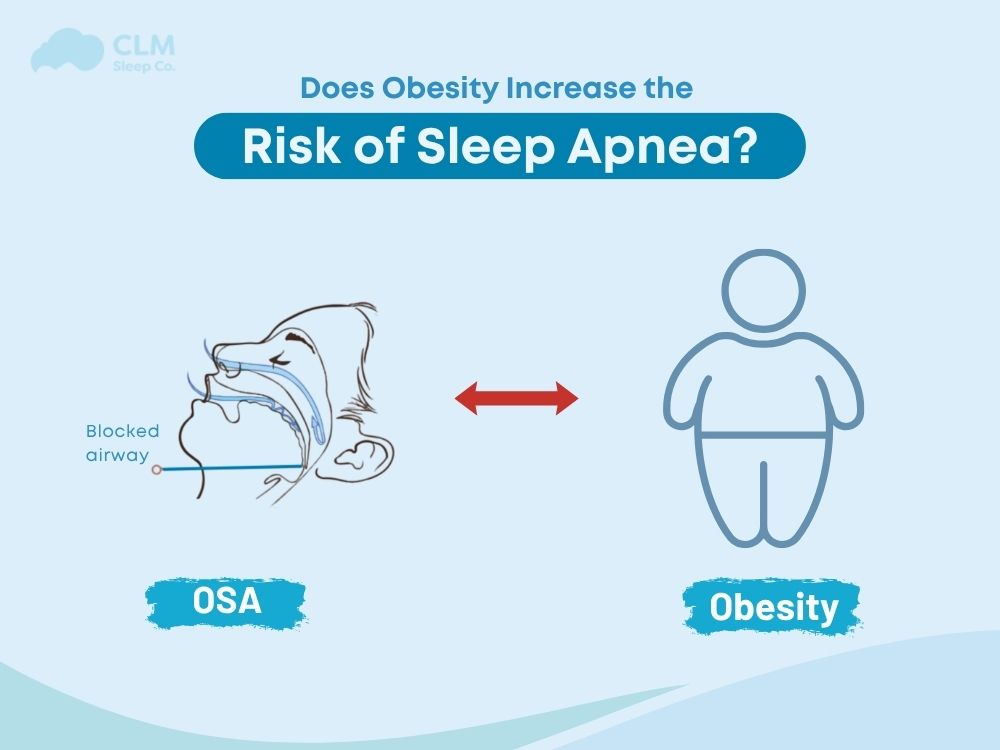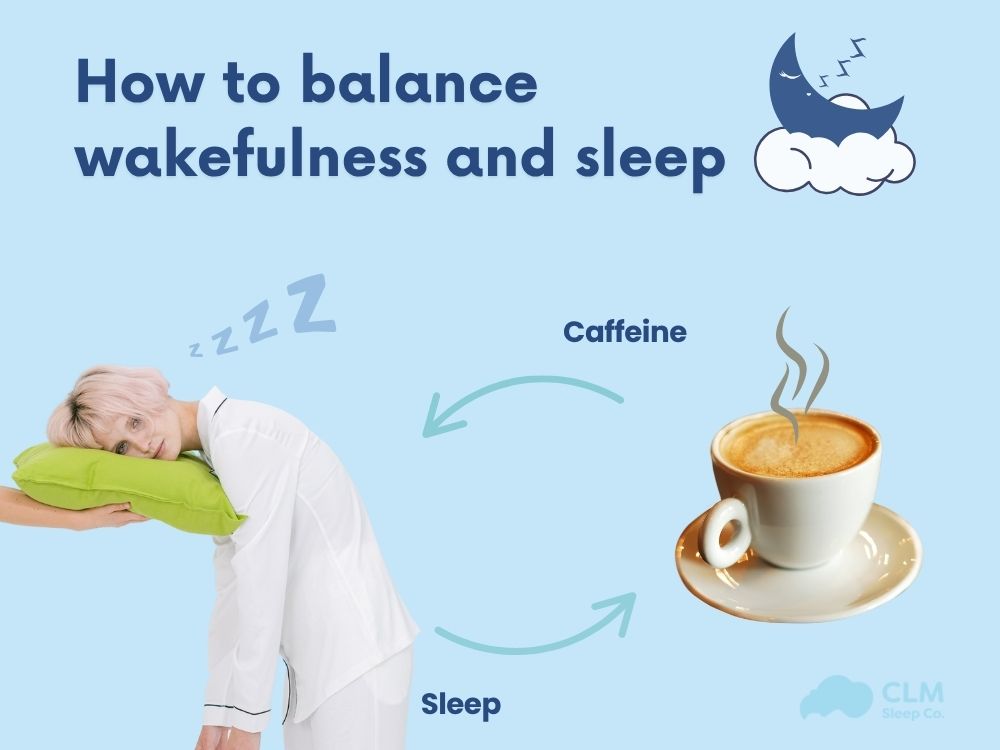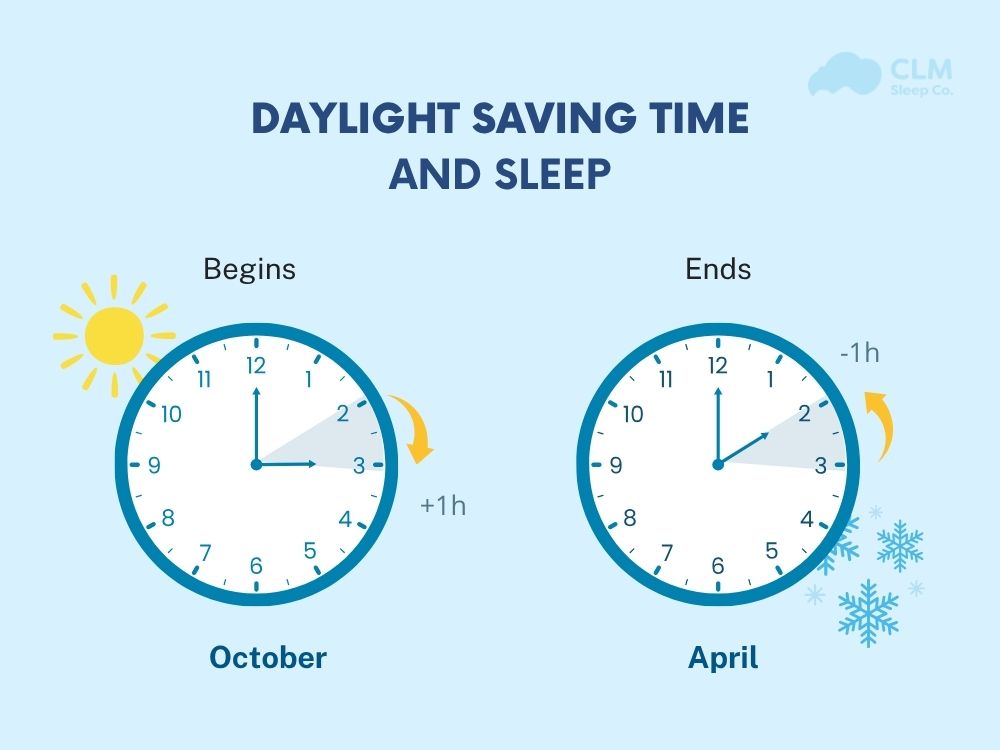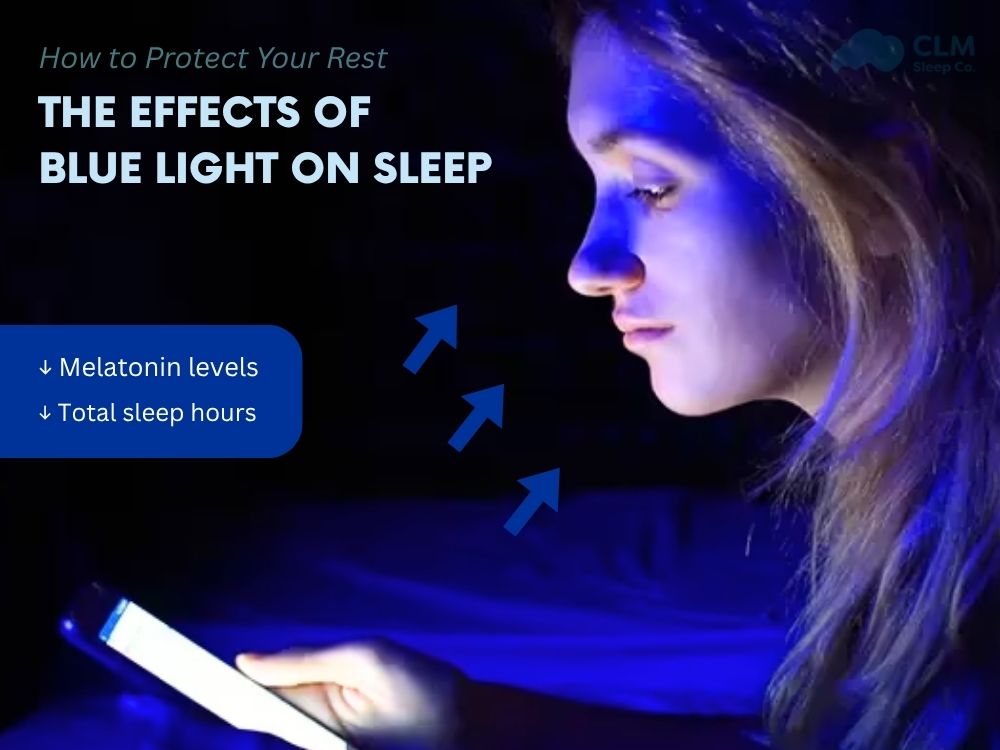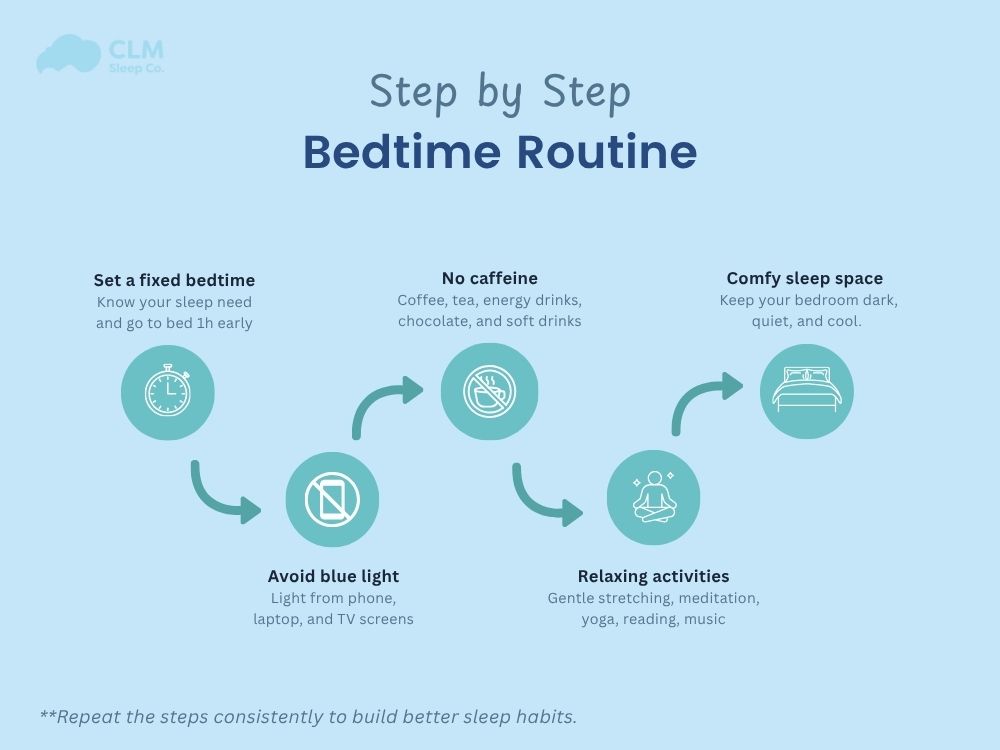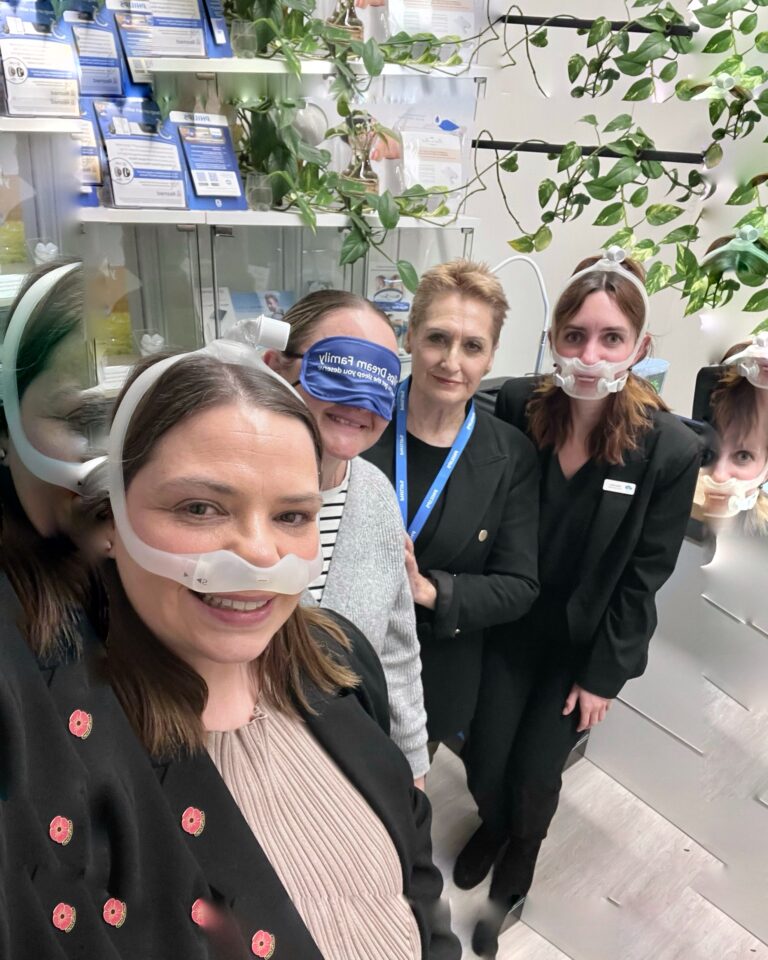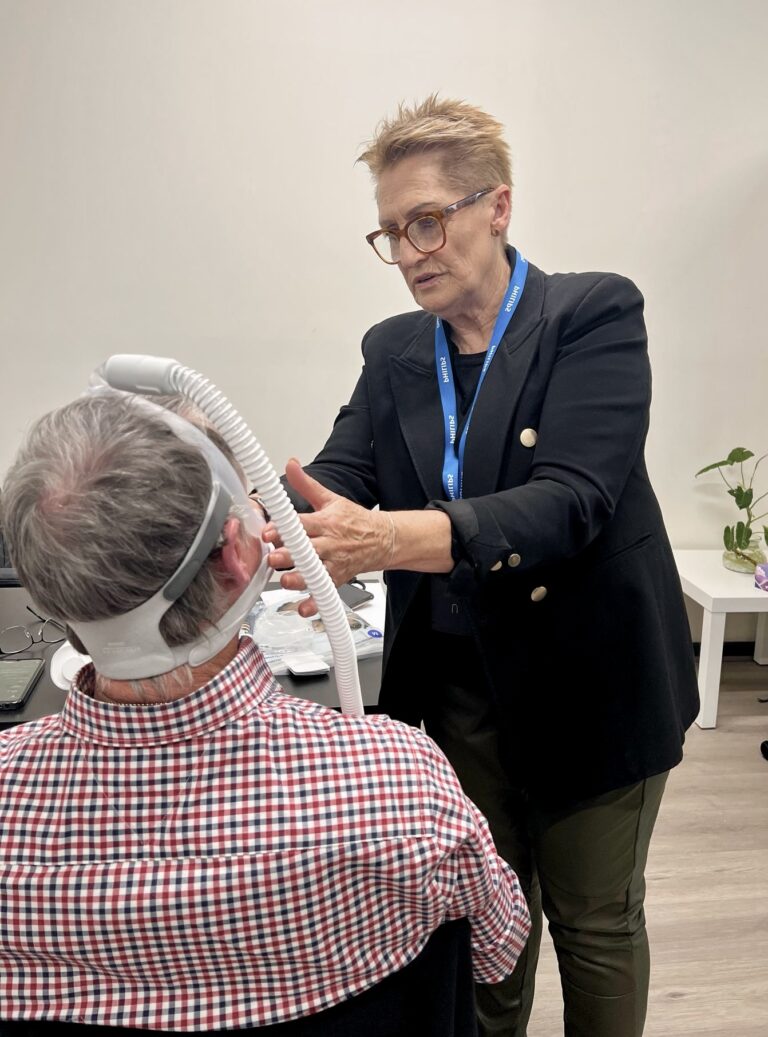You may already know that sleep apnea and obesity are related, but do you know whether obesity causes sleep apnea, or if sleep apnea can lead to obesity? Some people believe that losing weight can help reduce the severity of sleep apnea. Is that true? And if so, do you know why? Let’s explore the relationship between sleep apnea and obesity in this article with CLM Sleep!
You Need to Understand the Link Between Sleep Apnea and Obesity
Sleep Apnea and Obesity have a two-way relationship because people who are overweight are more likely to develop sleep apnea, and those who suffer from sleep apnea often find it difficult to manage their weight. To fully understand this connection, it is important to know how sleep apnea affects body weight and how obesity increases the risk of developing sleep apnea.
Why Does Obesity Increase the Risk of Sleep Apnea?
First, you need to understand what sleep apnoea is. Sleep apnea is a type of sleep disorder in which breathing repeatedly stops and starts during sleep. Each episode can last from a few seconds to nearly a minute, depending on how severe the condition is. These breathing disruptions can seriously impact a person’s health, not only by lowering sleep quality but also by increasing the risk of heart disease and interfering with the body’s metabolic functions.
In obstructive sleep apnea, the main cause is airway obstruction. When you are obese, excess fat accumulates around your neck, narrowing your airway and making breathing more difficult. Excess abdominal fat also reduces lung volume, limiting the amount of air and oxygen entering the body. Furthermore, hormonal imbalances, which are common in obese individuals, also impair respiratory function. The more fat accumulates in the upper body, the higher the risk of sleep apnea.
How Can Sleep Apnea Make Obesity Worse?
Sleep apnea makes it harder to control your weight. The repeated interruptions in breathing during sleep cause you to wake up multiple times, reduce sleep quality, and lead to hormonal imbalances. This creates an imbalance between the hunger hormone and the hormone that signals fullness, making you feel hungrier and more likely to crave unhealthy foods. Moreover, poor sleep quality causes frequent fatigue and low energy, eventually decreasing your capacity for physical activity. If this goes on for too long, your weight can quickly spiral out of control.
See more: Can Sleep Apnea Cause Weight Gain?
Risks to Health When Obesity and Sleep Apnea Combine
When obesity and sleep apnea occur together, they not only make each other worse but also significantly increase the risk of serious health problems. This combination can cause various health problems such as cardiovascular disease, hypertension, diabetes, stroke, and depression.
Cardiovascular Disease
People with sleep apnea experience repeated drops in blood oxygen levels at night, putting pressure on the heart and blood vessels. Meanwhile, obesity, in addition to compressing the airways due to fat in the neck area, abdominal fat will also increase insulin resistance, negatively affecting blood sugar balance and increasing the risk of atherosclerosis. This prolonged condition will cause high blood pressure and gradually weaken the heart over time. That’s why it’s said that obesity and sleep apnea will increase the risk of cardiovascular disease and hypertension.
See more: Can Sleep Apnea Kill You? Risks and Consequences
Type 2 Diabetes and Insulin Resistance
Obesity is one of the main causes of type 2 diabetes, and sleep apnea will make it difficult for you to control blood sugar levels. Interrupted sleep and oxygen deprivation disrupt metabolic processes and reduce insulin sensitivity. In the long term, this can lead to insulin resistance. The combination of these factors significantly increases the likelihood of developing or exacerbating type 2 diabetes.
Liver Problems, Stroke, and Depression
People suffering from both obesity and sleep apnea are more likely to develop non-alcoholic fatty liver disease (NAFLD), which may progress to inflammation or cirrhosis. Chronic inflammation and intermittent hypoxia also increase the risk of stroke. Furthermore, poor sleep quality and constant fatigue caused by sleep apnea can negatively affect mental well-being, raising the risk of anxiety and depression. Without timely treatment, these issues can severely impact overall health and quality of life.
How Sleep Apnea Is Diagnosed in Overweight People in Australia
Sleep apnea is a common condition among people who are overweight or obese. Early and accurate diagnosis is important to prevent serious health problems such as heart disease, high blood pressure, and diabetes. In Australia, there are several sleep study methods designed to suit different medical needs. Some of these tests are covered by Medicare, helping to reduce the cost. There are also reputable clinics that offer convenient locations and save you time.
Symptoms Often Overlooked in People with Obesity
People who are obese often don’t realise they may have sleep apnea, as they tend to mistake the symptoms for general tiredness or assume it’s simply due to their excess weight. Here are some symptoms that are commonly overlooked:
- Loud, persistent snoring, which is frequently seen in overweight individuals
- Waking up gasping or feeling short of breath
- Daytime fatigue, which is also common in overweight people and often ignored
- Morning headaches, caused by a lack of oxygen to the brain due to sleep apnea
- Difficulty concentrating and irritability, which are linked to poor sleep caused by obstructive sleep apnea (OSA). These symptoms can greatly affect mood and work performance, but many people don’t connect them to a sleep disorder.
See more: Sleep study cost
Referral Letters and Medicare-Covered Sleep Tests
In Australia, if you suspect you may have sleep apnea, the first step is to visit your GP (general practitioner). Your doctor will assess your symptoms and may provide a referral for a sleep study.
Australia’s public health insurance, Medicare, covers most of the cost for these sleep tests, making them more affordable. The most commonly covered tests include:
- Home Sleep Apnea Test (HSAT)
- In-lab Sleep Study (Polysomnography – PSG)
It’s important to keep your referral letter from the doctor, as it is required for Medicare to cover the full cost of the test.
Effective Methods to Treat and Manage Sleep Apnea and Obesity
The treatment of sleep apnea and obesity requires comprehensive methods that can address both conditions. To achieve good control, a combination of medical treatments, lifestyle changes, and regular medical monitoring is necessary.
Medical Treatments and Therapies
CPAP Therapy is the most common treatment for obstructive sleep apnea. The CPAP machine is a device that connects a breathing tube from the machine to a breathing mask, helping to open the airway, reduce apnea episodes, and provide a comfortable and pleasant feeling while sleeping. At the same time, it improves health and sleep quality.
Additionally, you can also consider other medical treatment methods such as:
- Weight management medication: in some cases, doctors may prescribe medication to aid weight loss in conjunction with lifestyle changes.
- Bariatric surgery: For patients with severe obesity, surgery can significantly aid in weight loss and improve symptoms of sleep apnea; however, it requires the doctor’s approval.
Lifestyle Change
Patients with both sleep apnoea and obesity need to pay special attention to their lifestyle and eating habits, make consistent efforts to eliminate unhealthy habit, and gradually adapt to a healthy lifestyle and diet. Start by limiting alcohol and sedatives, especially before bedtime. Quit smoking (if applicable) to improve respiratory health. Avoid exposure to avoid exposure to blue light from screens before going to bed.
See more: Effective Ways to Heal Sleep Apnea Naturally for Better Health
Dietary regimen
A simple, effective method that is extremely difficult for obese people to follow is a regulated diet.
- Limit Refined sugars – Refined sugars are found in white sugar, candies, carbonated drinks, and processed foods. Processed starches such as white rice, bread, pizza, instant noodles, instant ramen, and potato chips… Limiting refined sugars helps improve insulin sensitivity and reduce fat accumulation around the neck and abdomen. Instead, use brown rice, oats, quinoa, whole grain bread, healthy snacks such as almonds or walnuts, low-sugar fruits such as apples, strawberries, or blueberries, and for drinks, you can use plain water, unsweetened tea, or homemade vegetable juice.
- Increase the intake of natural foods such as green vegetables, fruits, lean proteins (chicken, fish, beans), and whole grains. Green vegetables and fruits rich in fiber, vitamins, and minerals help reduce inflammation and regulate sleep hormones like melatonin, thereby improving sleep quality. Lean protein and whole grains keep you full longer, stabilize blood sugar, and prevent snacking, thereby effectively supporting weight loss.
- Limit foods high in saturated fats such as fatty meats, processed meats, cheese, and fried foods like French fries, fried chicken, fried fish, fried pastries, and fried spring rolls. Instead, use olive oil and cooking methods such as boiling, steaming, and baking instead of frying with oil.
- Avoid eating too much before bedtime to help reduce the risk of airway obstruction while sleeping.
- Drink enough water, but avoid excessive alcohol and caffeine, especially in the evening.
Increase physical activity, exercise regularly
When people with sleep apnea and obesity start exercising, it is important to choose appropriate, safe, easy-to-perform exercises that effectively reduce fat, especially around the neck and abdomen – two areas that directly affect the condition of sleep apnea. Some effective types of exercise include:
- Brisk walking, easy to perform, low pressure on the joints. Helps burn calories, improves circulation, and enhances sleep.
- Stationary cycling ensures safety for overweight individuals, helps support cardiovascular health, and reduces visceral fat.
- Swimming reduces joint pressure, increases endurance, and helps improve breathing rhythm and flexibility.
- Yoga or breathing exercises help improve breath control, reduce stress, and support deep sleep.
Additionally, you can also adjust your sleeping position, absolutely avoid lying on your back and lie on your side to reduce pressure that compresses the airways. Maintain a regular sleep routine, going to bed and waking up at the same time.
See more: Sleep apnea self-care
CLM Sleep – Sleep Disorder Clinic in Australia
CLM Sleep specializes in diagnosing and treating sleep disorders, primarily sleep apnea. Customers before coming to CLM Sleep can contact us in advance for a free consultation. If it is determined that you are at risk of sleep disorders, CLM Sleep will guide you on the steps you need to take to achieve the most accurate diagnosis.
CLM’s main service is sleep study, and we have various research methods specifically designed to suit different customer profiles, including:
- In-lab sleep study: conducted in the lab, with numerous sensors that can detect many sleep disorders.
- Home Sleep Apnea Test (HSAT): conducted at home, with measurement levels depending on whether the research level is 2 or 3.
Come to CLM Sleep, and you will undergo sleep studies quickly and accurately. At the same time, our consulting team will also assist customers in taking advantage of all the support policies you have to achieve the lowest possible fees.
Conclusion
Sleep apnea and obesity are closely linked, but both can be effectively managed through a combination of lifestyle changes, medical treatments, and consistent habits. Managing and treating sleep apnea and obesity requires great effort and long-term commitment. Set clear goals for yourself starting today, and stay determined to achieve them in order to maintain good health and improve your quality of life.
